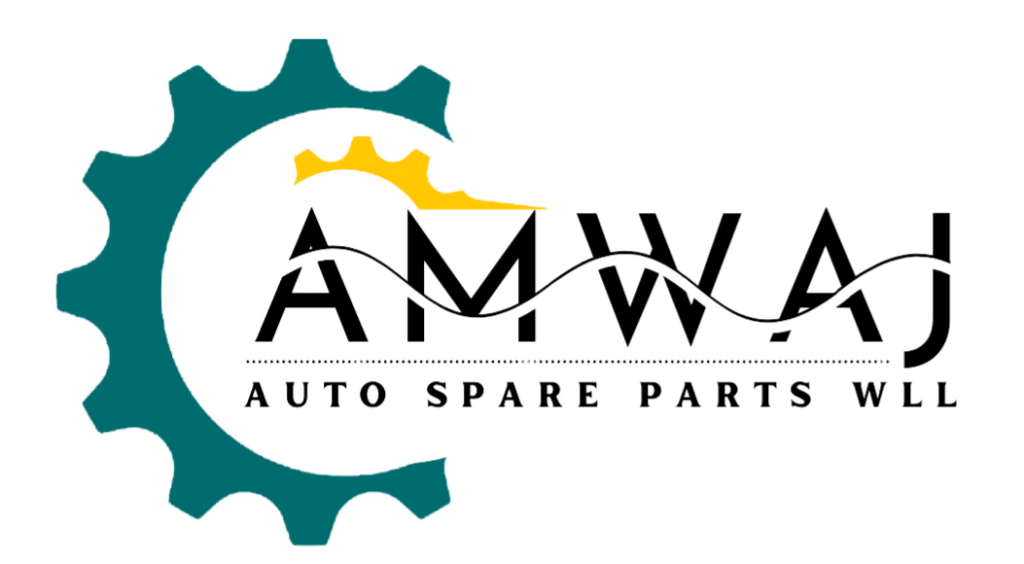Regular vehicle maintenance is key to avoiding costly repairs and breakdowns. For beginners, identifying worn-out car parts can feel overwhelming, but with a little guidance, you can confidently tackle basic replacements. This guide will walk you through how to check for worn car parts, signs of failing auto components, and safe DIY replacement tips using affordable auto spare parts.
1. Common Worn-Out Car Parts to Monitor
Start by understanding which parts wear out fastest. Focus on these critical components: Brake Pads, Timing Belts, Batteries, Spark Plugs, and Suspension Bushings.
2. How to Identify Worn-Out Car Parts
A. Brake Pads
Signs of Wear: Squealing or grinding noises when braking, reduced braking efficiency, and visible thinning of the pad (less than ¼ inch thick).
How to Check: Remove the wheel and inspect the pad thickness. Use a flashlight to look for cracks or uneven wear.
B. Car Battery
Signs of Wear: Slow engine crank, dim headlights or electrical issues, and corrosion on terminals.
How to Check: Use a multimeter to test voltage (healthy battery: 12.6V). Look for bloating or leaks.
C. Timing Belt
Signs of Wear: Engine misfires or difficulty starting, ticking noise from the engine, and visible cracks or fraying.
How to Check: Refer to your owner’s manual for replacement intervals (usually 60,000–100,000 miles). Inspect for physical damage.
3. Step-by-Step Guide to Replacing Car Parts
A. Safety First
Wear gloves and safety glasses. Use jack stands to secure the vehicle.
B. Replacing Brake Pads (Example)
- Lift the car and remove the wheel.
- Unbolt the caliper and slide out old pads.
- Insert new pads and reassemble.
- Test drive to ensure smooth braking.
Pro Tip: Watch YouTube tutorials for your specific car model.
C. When to Call a Mechanic
If you’re unsure about complex parts like timing belts or suspension systems, consult a professional to avoid costly mistakes.
4. Benefits of Timely Replacement
- Improved Safety: Worn parts like brakes or tires can lead to accidents.
- Cost Savings: Fixing small issues early prevents major repairs.
- Better Fuel Efficiency: Healthy components optimize performance.
Conclusion
Learning to identify and replace worn-out car parts is a valuable skill for every car owner. Start with simple replacements like brake pads or batteries, and gradually tackle more complex tasks. Always prioritize safety and refer to your vehicle’s manual for specific guidelines.
FAQ Section
Q1: How often should I check my car for worn parts?
A: Inspect critical components every 3–6 months or before long trips.
Q2: Are aftermarket auto parts reliable?
A: Yes, but ensure they meet quality certifications like ISO or CAPA.
Q3: What tools do I need for DIY replacements?
A: Basic tools include a jack, wrench set, screwdrivers, and a multimeter.




